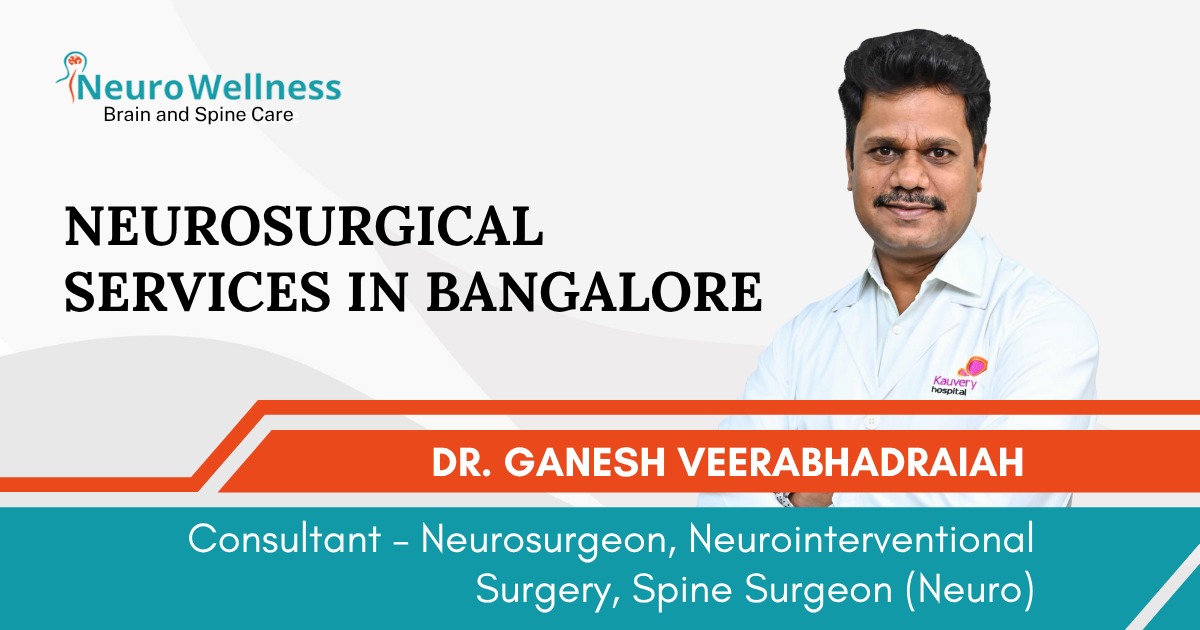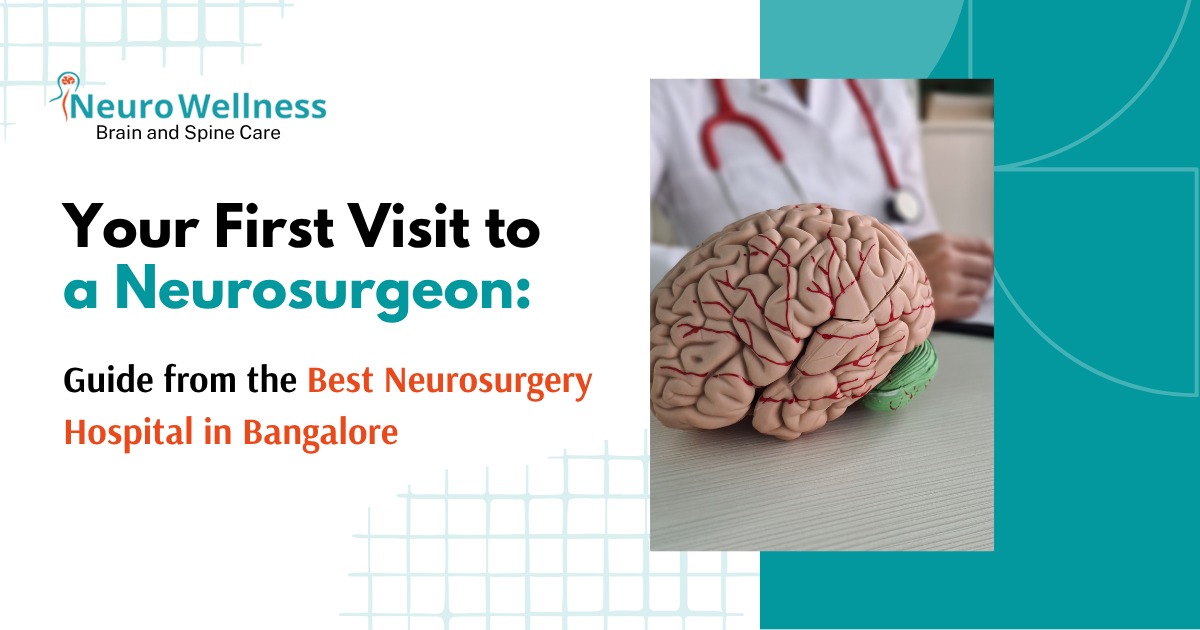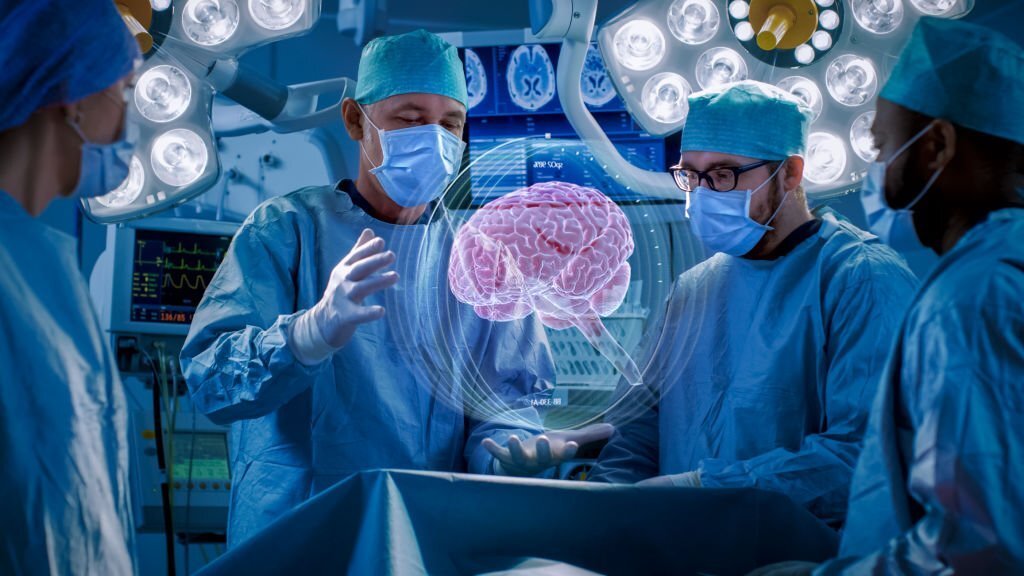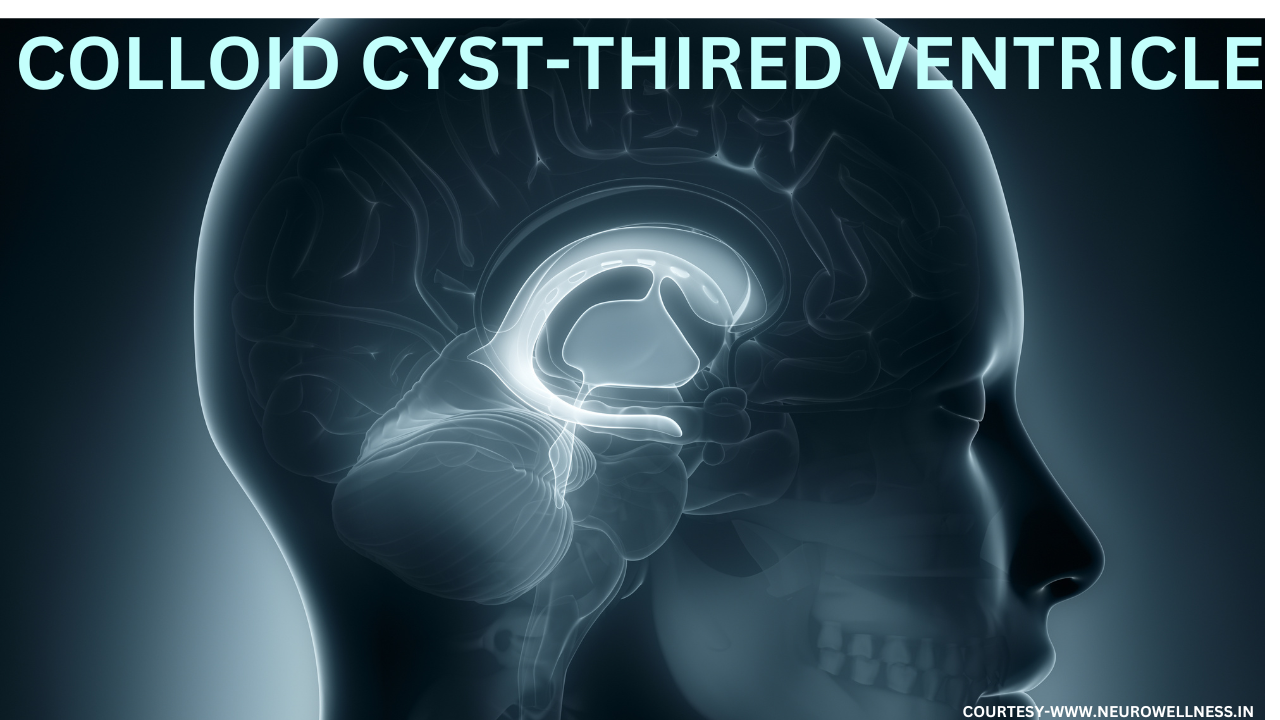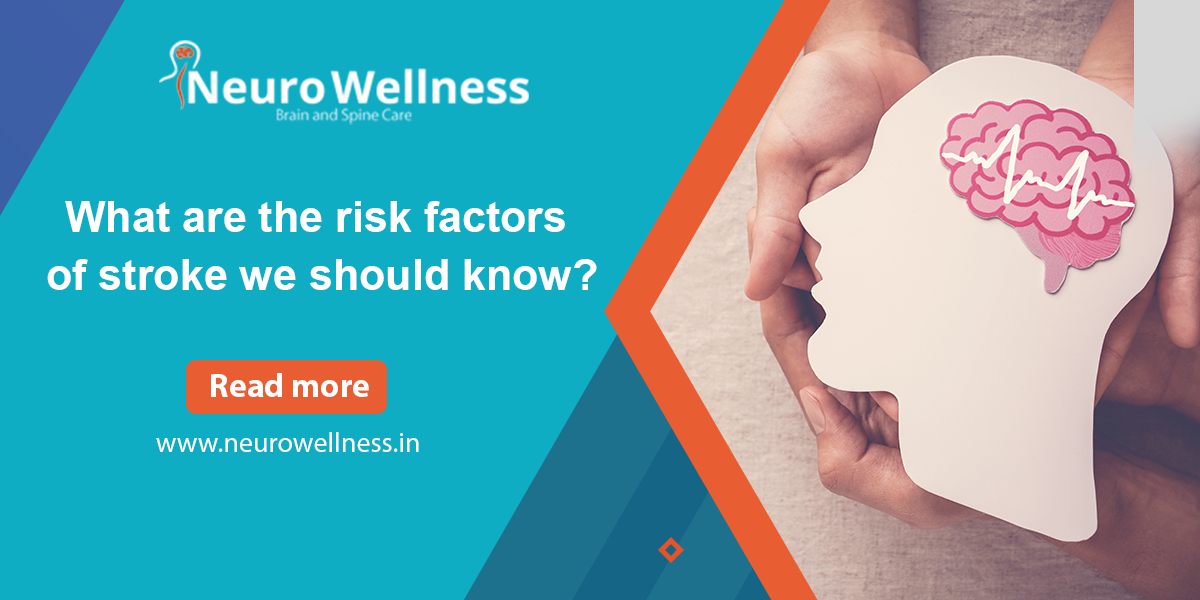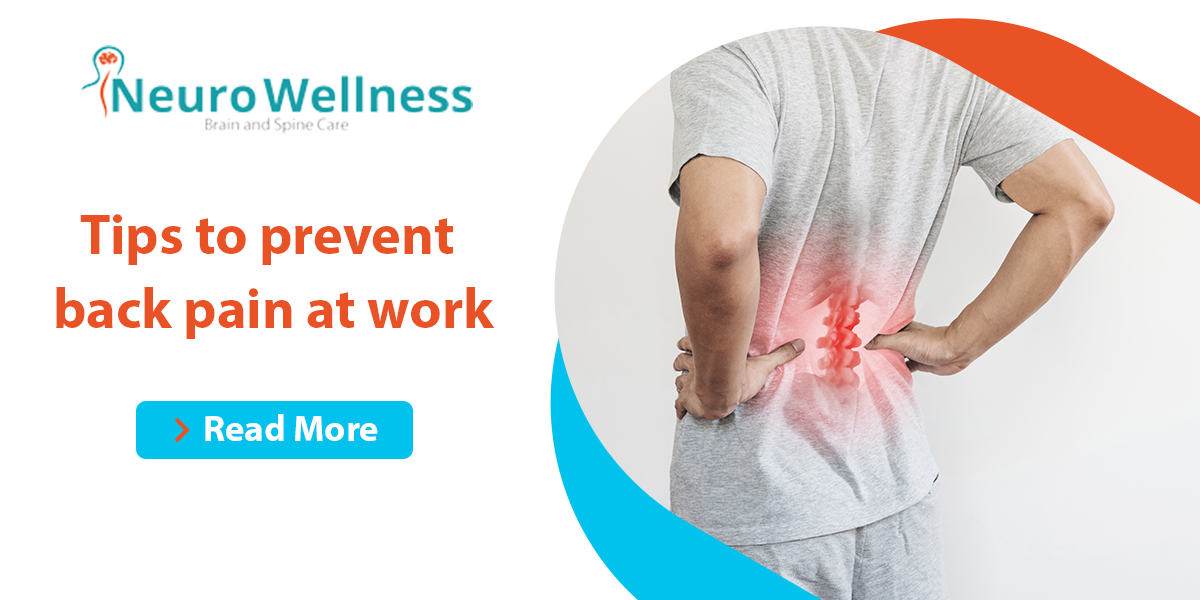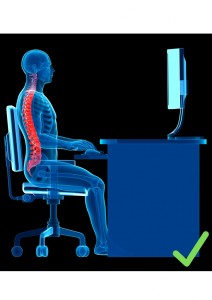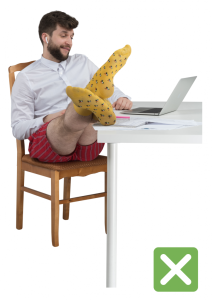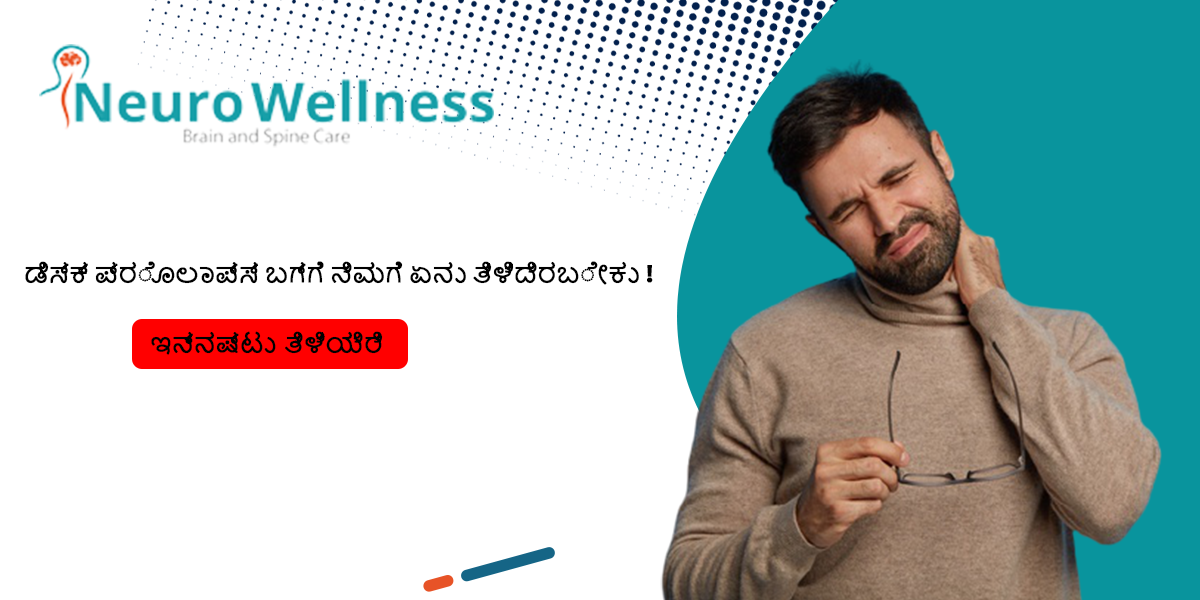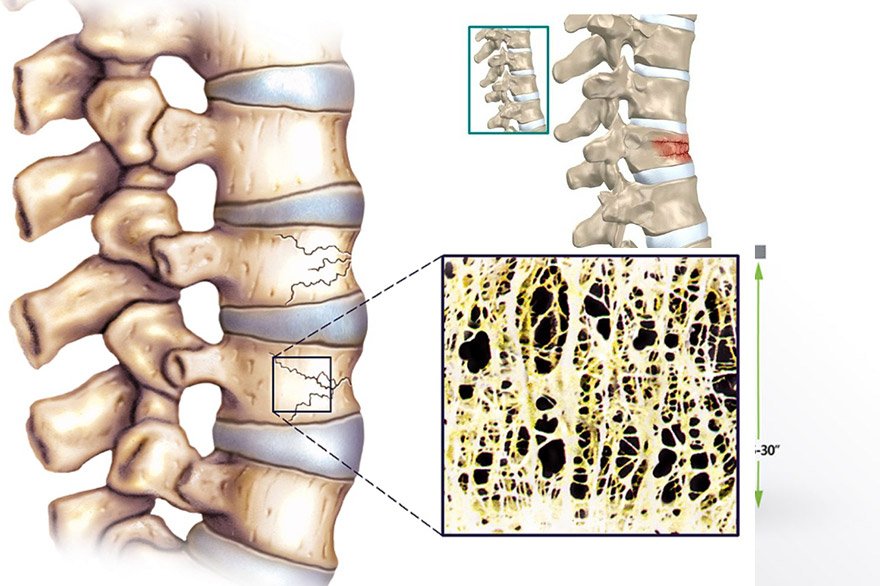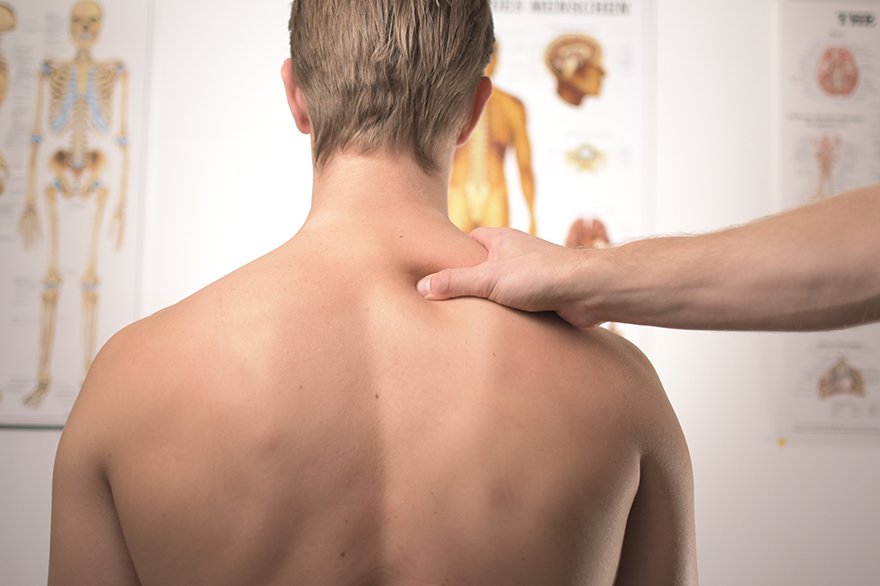Scope of Neurosurgical Services in Bangalore
Welcome to the Centre of Excellence inNeurosurgical Services in Bangalore at Kauvery Hospital, Electronic City, Bengaluru, led by Dr. Ganesh Veerabhadraiah, Senior Consultant Neurosurgeon & Head of Department.
We are committed to delivering world-class neurosurgical care by integrating clinical expertise with cutting-edge technology, advanced infrastructure, and a patient-first approach. Whether it’s complex brain surgeries, pediatric neurosurgery, spine procedures, or neurotrauma care — our team ensures precision, safety, and compassionate healing at every step.

Dr. Ganesh Veerabhadraiah
Consultant – Neurosurgeon, Neurointerventional Surgery, Spine Surgeon (Neuro)
23+ Years Experience Overall (17+ years as Neuro Specialist)
Available for Consultation: Jayanagar 9th Block & Kauvery Hospital, Electronic City
Outpatient & Inpatient Neurosurgical Care
• Comprehensive consultation, diagnosis, and management
• Emergency and elective neurosurgical services
Adult & General Neurosurgery
• Brain tumors
• Hydrocephalus
• Traumatic brain injury
• Degenerative spine disorders
Paediatric Neurosurgery
• Shunt surgery for hydrocephalus
• Surgery for spinal dysraphism and neural tube defects
• Neonatal neurosurgical care
Functional Neurosurgery
• Epilepsy surgery
• Pain relief neurosurgery
Interventional Neurosurgery
• Brain Aneurysm Clipping & Coiling
• AVM (Arteriovenous Malformation) Treatment
• Carotid Artery Disease Management
• Endovascular Coiling, Flow Diverters & Stenting
• Carotid Endarterectomy
• Cerebrovascular surgery for aneurysms and vascular malformations
Read more :Cerebral Aneurysm Clipping
Skull Base and Brain Stem Surgery
• Skull base tumors
• Brain stem tumors and vascular lesions
• Awake craniotomy with neuro navigation
Spine Surgery
• Minimally invasive spine surgery (MISS)
• Complex spine deformity correction
• Craniovertebral junction anomalies
• Endoscopic spine surgeries
• Intra-medullary spinal tumors
Stereotactic and Navigated Neurosurgery
• High-precision tumor localization and removal
• Functional mapping and real-time neuro navigation
Endoscopic Brain Surgery
• Pituitary tumor surgery
• Skull base lesions
• Endoscopic-assisted tumor removal
Pediatric & Neonatal Neurosurgery
• Congenital brain and spine anomalies
• Craniosynostosis and craniofacial deformity correction
Head Injury and Trauma Care
• 24/7 emergency neurotrauma services
• Comprehensive head injury management from ICU to rehabilitation
Technology-Driven Excellence
• Intraoperative Neuro-monitoring
• Image-guided surgery (Neuro navigation)
• Micro neuro surgery and Endoscopy
• State-of-the-art neuro ICU care
Conclusion: Your Trusted Partner in Neurosurgical Excellence
When it comes to yourbrain and spine health, experience and precision matter. At Kauvery Hospital, under the expert care of Dr. Ganesh Veerabhadraiah, we bring international standards in neurosurgery to Bengaluru. From outpatient diagnosis to complex brain and spine procedures, we ensure holistic care that is safe, advanced, and patient-focused.
Location:Kauvery Hospital, Electronic City, Bengaluru
Appointments & Enquiries:
+91 7411571002
+91 7259669911
+91 7349017701
FAQs
1. Who is the best neurosurgeon in Electronic City, Bangalore?
Dr. Ganesh Veerabhadraiah is a leading neurosurgeon and HOD at Kauvery Hospital, with vast experience in brain, spine, and trauma surgeries.
2. Do you provide 24/7 emergency neurosurgery services?
Yes, our hospital is equipped with round the clock emergency neurotrauma services, including ICU care.
3. Is endoscopic spine surgery available?
Yes, we offer advanced endoscopic and minimally invasive spine surgeries for faster recovery and reduced complications.
4. What technologies are used during neurosurgery?
We use neuro navigation, microscope assisted surgery, intraoperative neuro monitoring, and image guided systems for precision.
5. How do I book a neurosurgery appointment with Dr. Ganesh?
You can call us directly at+91 7411571002 / +91 7259669911 / +91 7349017701 to schedule your consultation.

